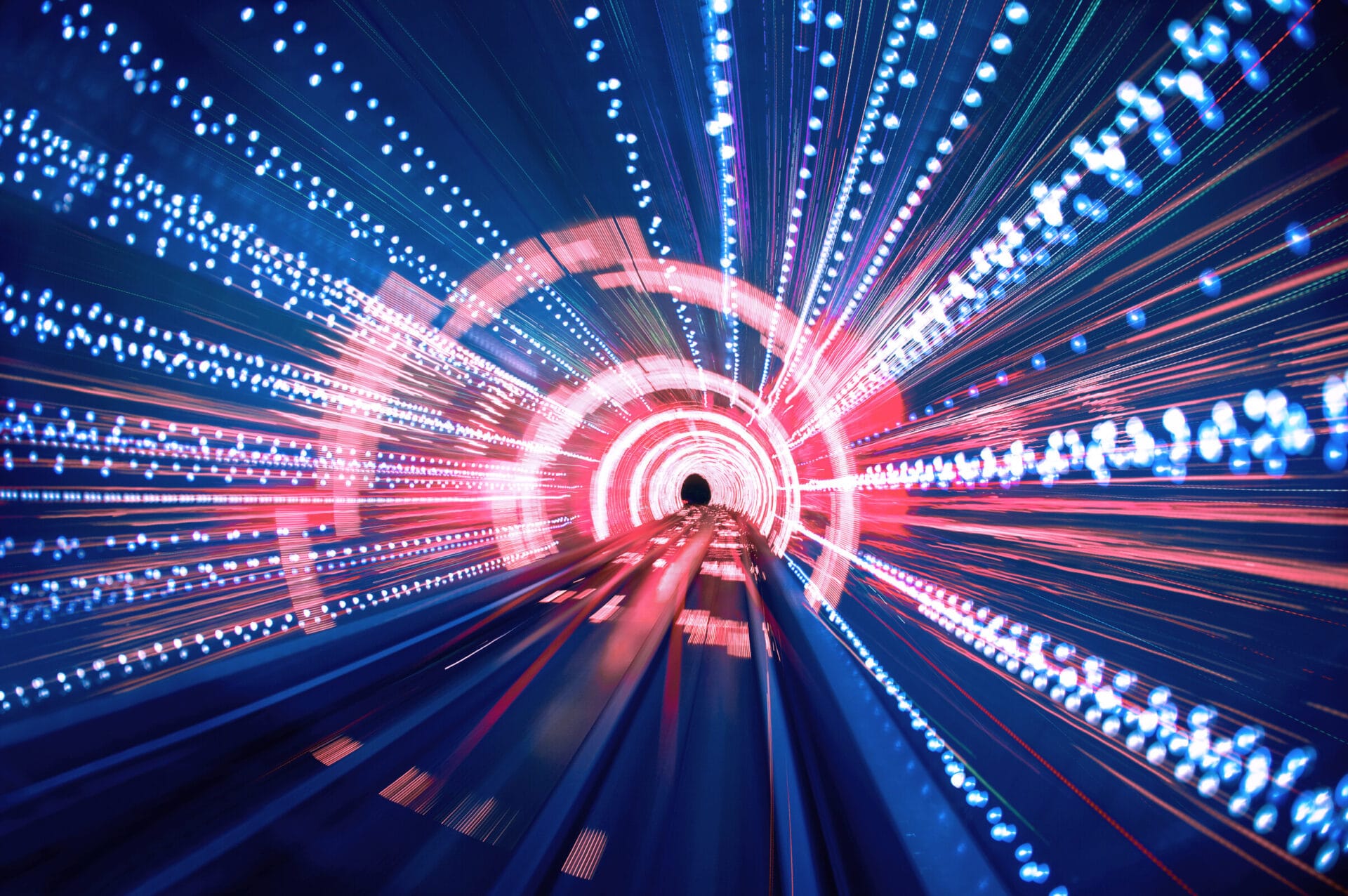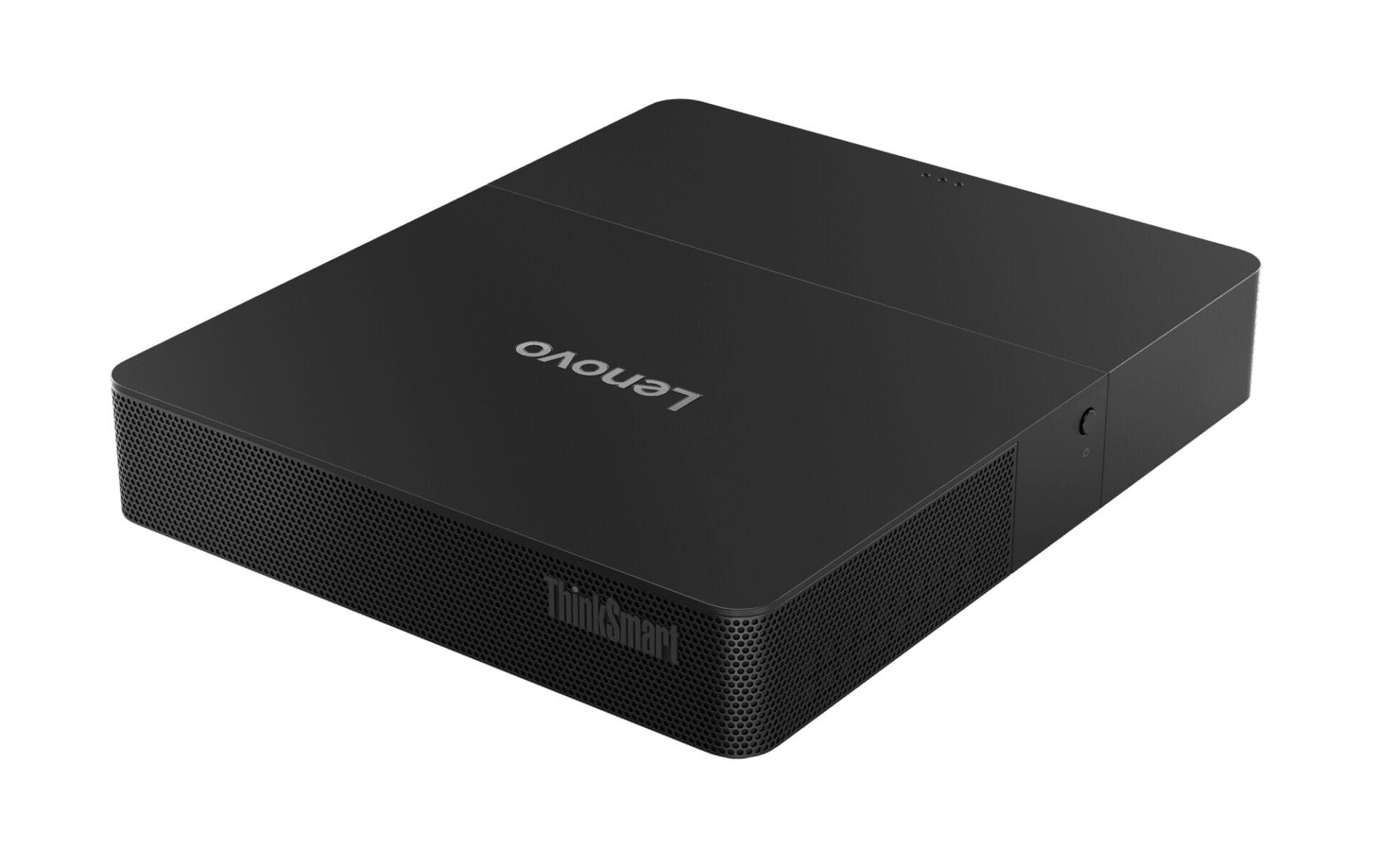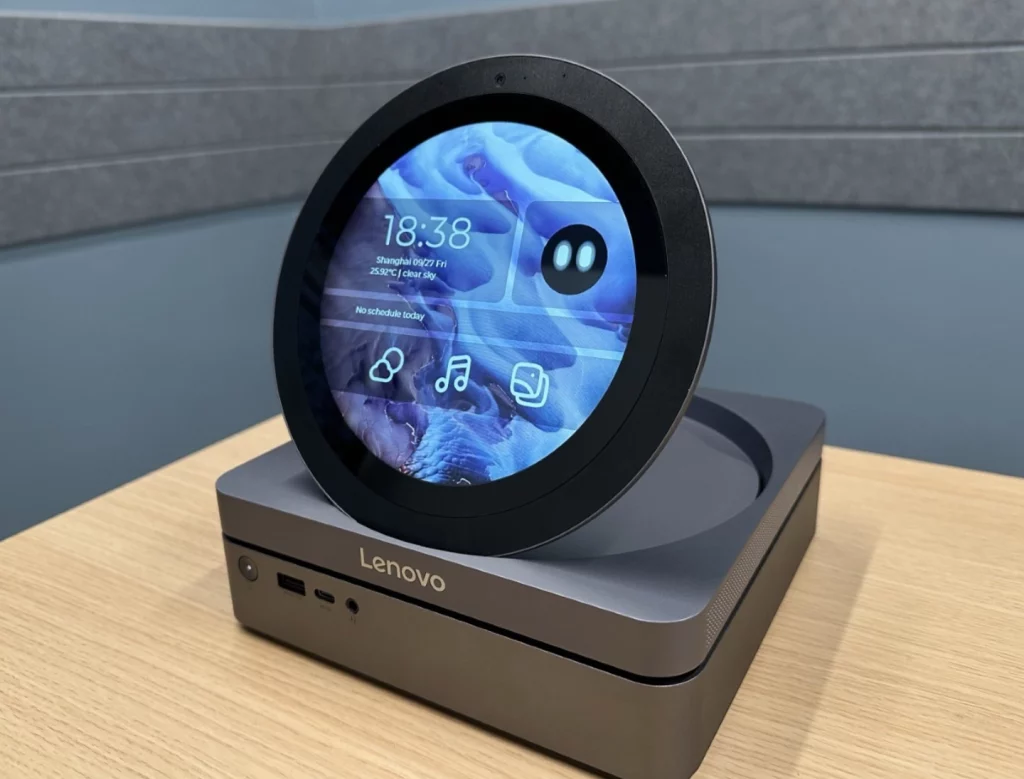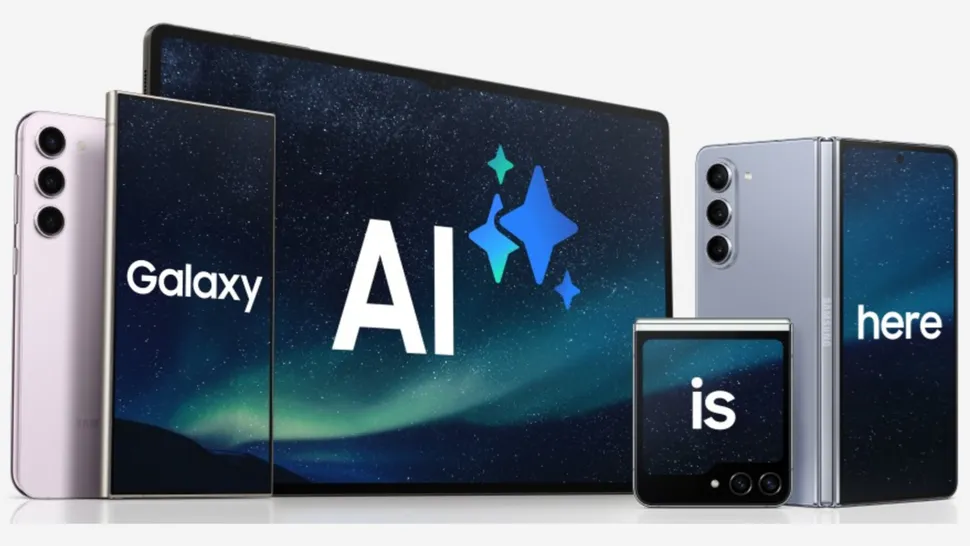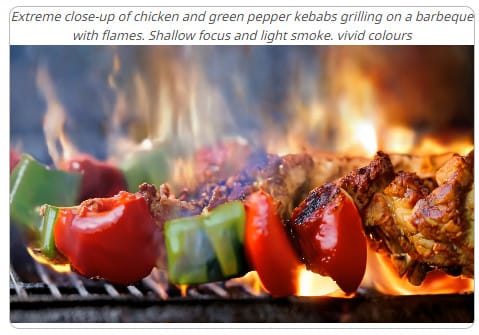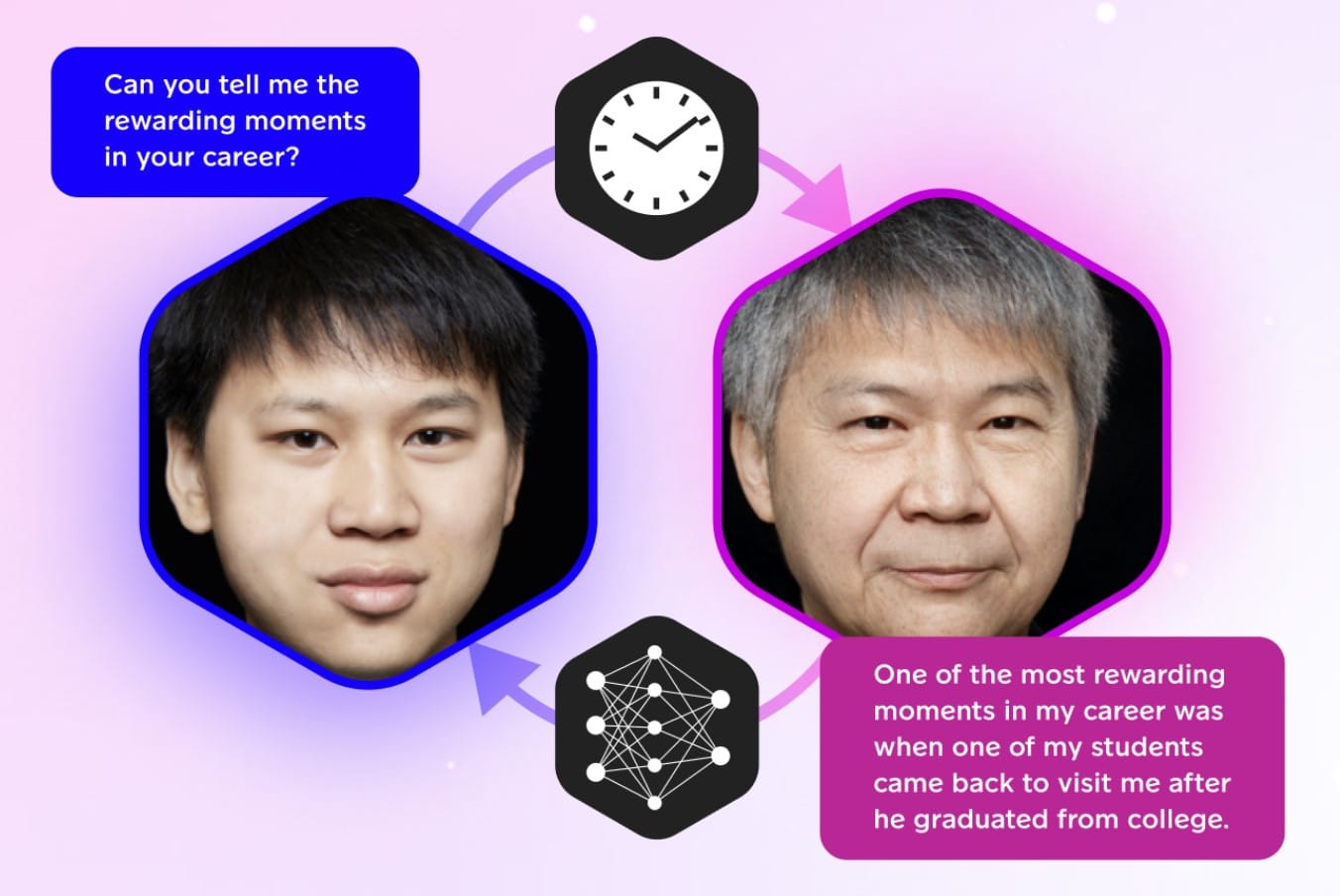Motorola has launched a new set of features powered by AI, all of which are grouped under the name Moto AI. These innovations are designed to improve the smartphone experience, making daily tasks more user-friendly. The company is concentrating on three main areas, with "Assist" being one of them.
Moto AI’s Understanding Capabilities
The Moto AI system is capable of comprehending user commands and adapting to their habits to provide personalized recommendations. This is accomplished through the use of Large Action Models (LAMs). Naturally, privacy can be a worry, but Motorola assures users that all information is stored securely and locally. Users can easily manage and access their data when they need to.
Enhancing Creativity
Another important focus area is "Create." The new AI suite aims to boost users’ creativity. Moto AI can generate summaries of conversations, photos, and documents using AI technology. It also claims to make photo and video editing easier through advanced editing options.
Improving Photo Quality
The final area of focus for Motorola is "Capture," where Moto AI seeks to simplify the process of taking high-quality pictures. It includes features like automatic scene detection, which enhances the quality of images taken. Additionally, the AI suite aids in capturing documents and converting them into various digital formats effortlessly.
Motorola also aims to provide a smooth experience across multiple devices with Moto AI. This is facilitated by Smart Connect, which enables users to control and connect to different devices using natural language commands. Data sharing between connected devices is also straightforward.
Motorola has not specifically listed which phones will support Moto AI yet. However, the company has indicated that these features are currently being tested in beta and will gradually be made available via invitations. The latest Motorola flagship models are expected to gain access sooner, such as the 12/256 GB 2024 Razr+ currently priced at $799.99 on Amazon.
Motorola PR’


